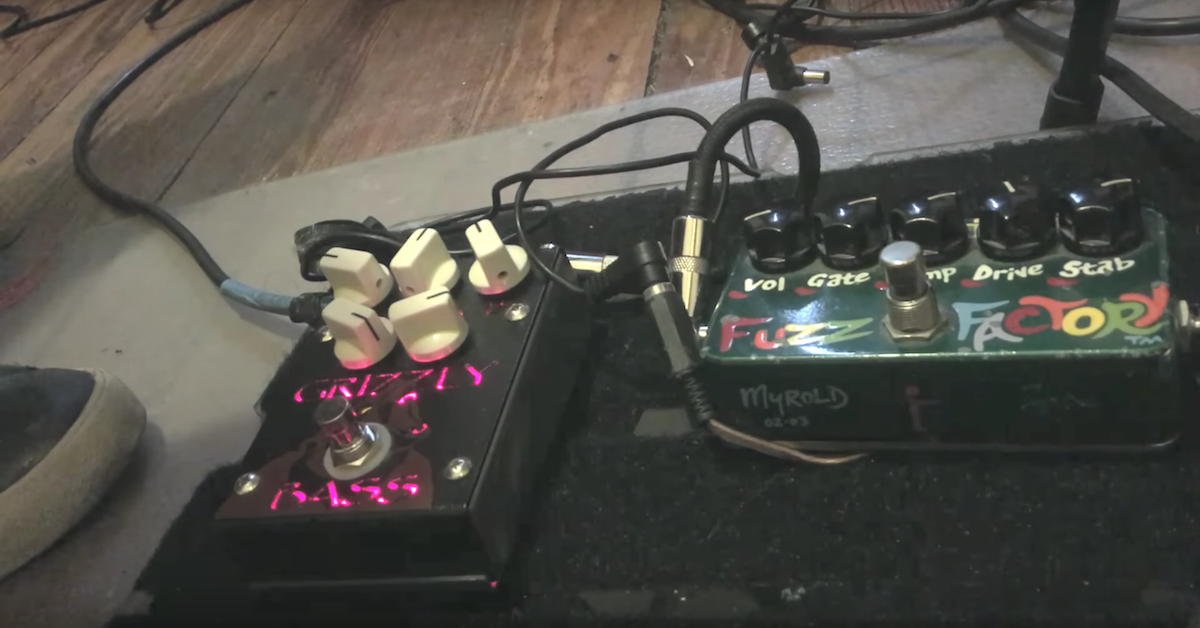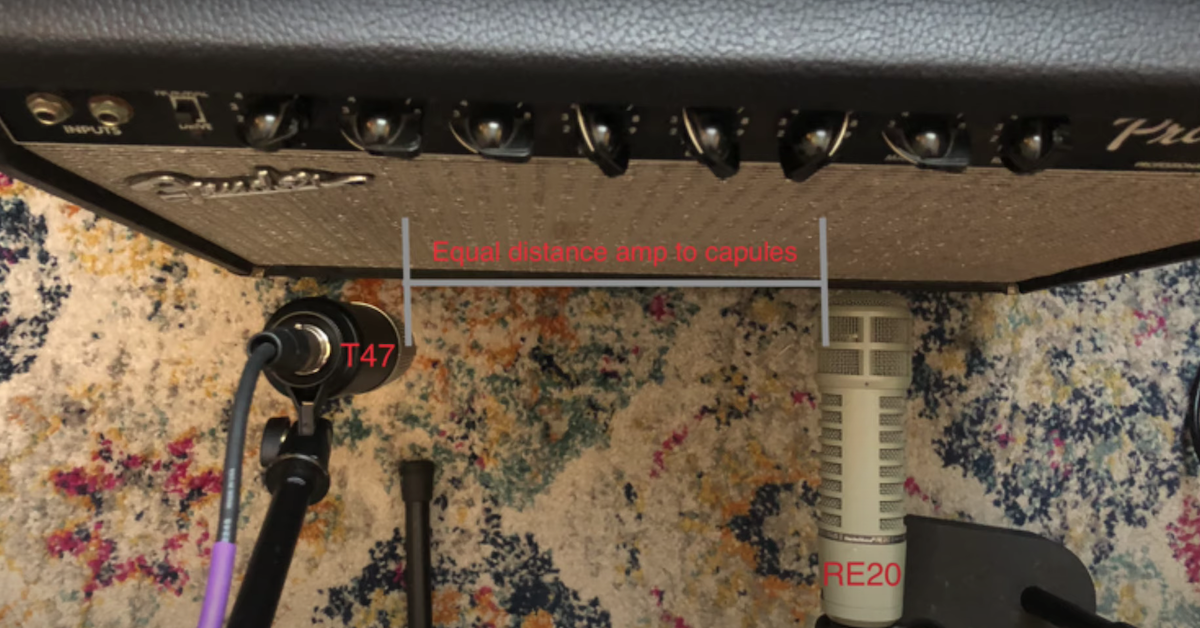7 Tips for Recording Fuzz Pedals
Article Content
Fuzz tones can be a bit of a challenge to record.
If they were a cheese, they would be a very pungent one. And like cheese, what tastes good to you can smell overwhelming to others.
Plenty of fuzz pedals have an EQ on them. But, the EQ is more of a broad stroke. Twists of the knob can drastically alter the sound.
So, what can one do to make more subtle changes?
1. Ground Control
Alter the EQ at the console. But, remember you’re also EQ’ing the resonance coming from the room if you have the mic back a few inches.
There are moments this can be cool. Personally, I prefer to leave the room sound alone and have the source material sorted.
I like air on amps. I rarely record guitars or anything in ISO booths. So, in this case, each adjustment I make post-mic affects the whole picture.
Ideally, I want to adjust the pigment of the paint before it touches the canvas.
2. Dial Up
You can adjust the EQ on your amp. However, this becomes an issue if you’re doing live recording and have to switch sounds mid-performance.
You could, of course, have two amps set up and switch between them. This requires a lot of set up. But, it can allow you to choose an amp with a voice that is complementary to the fuzz.
3. Floyd the Barber
Using an EQ pedal before or after the fuzz can solve a lot of issues. There may be a little trial and error involved. Some fuzz pedals don’t like any pedals placed before them.
Using an EQ pedal combined with a fuzz allows you to adjust the sound of the fuzz in a subtle way (I’ve been using a Barber EQ pedal).
For instance, I may be getting a really cool nasty croak out of a Zvex Fuzz Factory. But, sometimes it’s a little too shrill. Making adjustments on the Fuzz Factory can greatly alter the vibe. It’s very touchy.
Placing an EQ after it allows me to keep the nasty frog croak but mellow it a tad (or toad, hardy had har). This is especially helpful when running into a bright amp.
One of the reasons I prefer this method is it allows me to record a great sound at the source.
4. Chain of Fools
If I’m tracking guitar in a live setting and need to switch the EQ/fuzz combo on and off, I run both effects into a Keeley or Loopmaster looper. With one switch I can turn both pedals off.
This also works great for creating chains of effects and turning them off with one stomp.
5. Bust a Move
Move the Mic. Yeah, we’ve all heard this a lot.
Right now I’m sure you’re saying “Ok, Dad.” But, we all can get a bit lazy when mics are set up. I’ve seen engineers set up a mic and never move it even though the signal chain and guitar have changed.
I check the sound whenever I add a new effect or switch guitars. I tend to move mics a lot. This can really be your ally. Fuzz pedals can be both very bright and bassy at the same time. You can use the distance and angle of the mic to help sculpt the frequencies you want.
Today, I was tracking guitar parts for the band Nation Beat. I ended up tracking with one amp (a Victoria Tweed 35115). I did use multiple guitars to highlight different parts and layerings. I used a ’52 Reissue Tele, 1964 Guild Starfire, Les Paul Standard, custom 60’s style Tele (with Bigsby) and a Rickenbacker 360 12. Whew. That’s a lot I know.
With each switch, I recorded a chunk and listened to hear if I needed to move the mic. Sometimes the adjustments were very minimal.
On one song I wanted to add a Fuzz. I have a few choices. I settled on a Prescription Electronics Experience pedal. The sound wasn’t too hard to dial in on the amp, but I did have to move the mic back to let it breath.
To my ears, fuzz tones miked right at the grill are a little choked.
6. Hot Wire
Placing an overdrive after a fuzz can change the character of the fuzz a lot. In a similar way to running a fuzz into an overdriven amp.
I would describe it as narrowing the range of the fuzz. The extreme lows and highs get attenuated.
I use this trick with the Zvex Fuzz Factory. With the right settings, the Fuzz Factory can make a busted chainsaw sound. It’s really cool and will scare most songwriters.
I add the overdrive after the Fuzz Factory to not scare the sensitive folks as much. It goes from busted chainsaw to broken zipper.
7. Be My Kazoo
If none of these tips work you can get a comb and some cellophane. Homemade kazoo a la Hendrix “Crosstown Traffic.”
The hipsters will just think it’s a new boutique fuzz pedal made in a Bushwick loft.
Conclusion
Before you perform a Brazilian waxing on your session, try these tips for dealing with fuzz.





